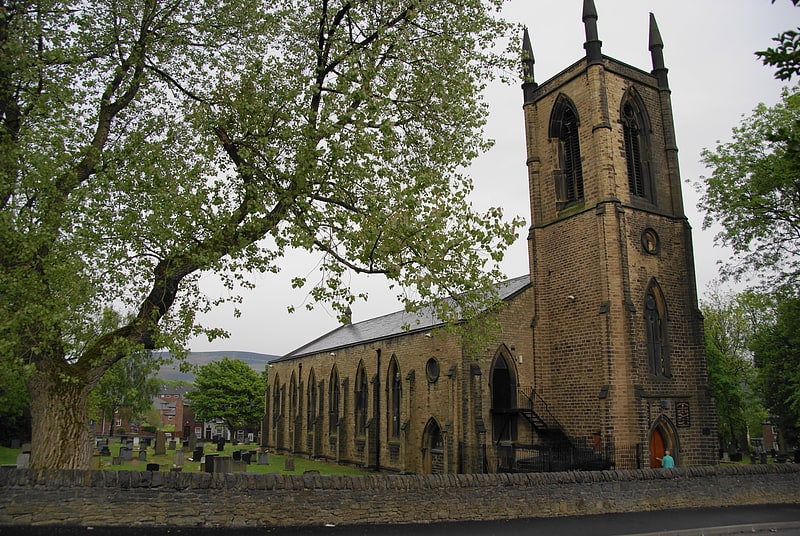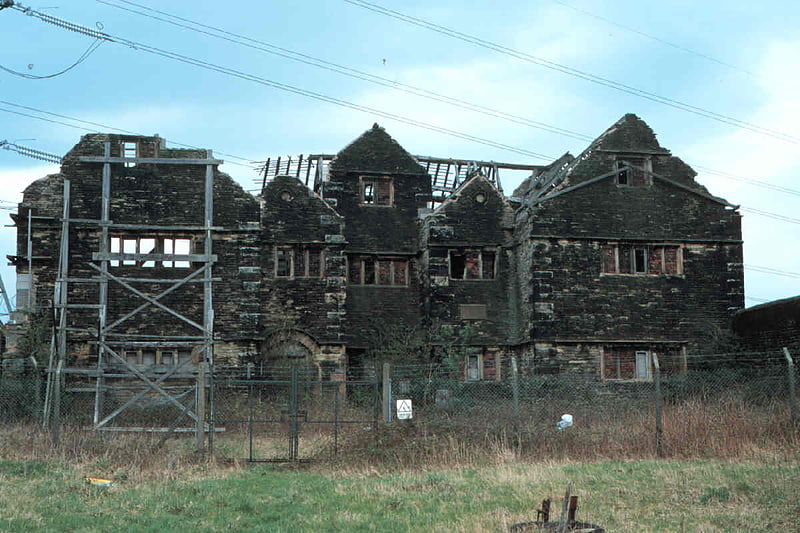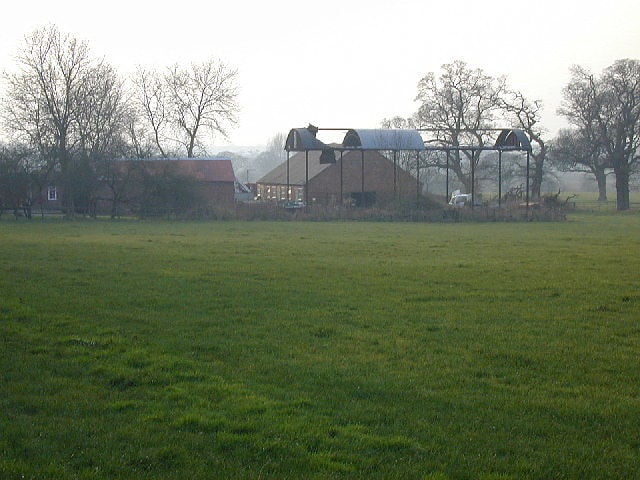Discover 7 hidden attractions, cool sights, and unusual things to do in Stalybridge (United Kingdom). Don't miss out on these must-see attractions: Stamford Park, St George's Church, and Stayley Hall. Also, be sure to include Huddersfield Narrow Canal Pylon in your itinerary.
Below, you can find the list of the most amazing places you should visit in Stalybridge (England).
Table of Contents
Stamford Park

Stamford Park is a park in Stalybridge, Tameside, Greater Manchester. The park was Grade II listed with Historic England in 1986.[1]
Address: Astley Road, Stalybridge (Tameside)
St George's Church

Commissioners' church in Stalybridge, England. St George's Church is in Church Walk, Stalybridge, Greater Manchester, England. It is an active Anglican parish church in the deanery of Ashton-under-Lyne, the archdeaconry of Rochdale and the diocese of Manchester. The church is recorded in the National Heritage List for England as a designated Grade II listed building. It was a Commissioners' church, having received a grant towards its construction from the Church Building Commission.[2]
Address: Church Walk, SK15 1DL Stalybridge (Tameside)
Stayley Hall

Stayley Hall, also known as Staley Hall, is a Grade II* Listed Building in Stalybridge, Greater Manchester. The structure dates back to at least the early 15th century. The first records of the de Stavelegh family as Lords of the Manor of Staley date from the early 13th century. Stayley Hall was their residence
Stayley Hall is referred to in the diaries of Sir Ralph Staley (Stavelegh) in the early 15th century. The hall was originally timber framed, but was stone-clad during the 17th century. It is situated on a knoll making defence of the building a relatively easy affair. The external walls and the roofing slabs are made from locally quarried gritstone. The inside of the building has been altered as parts of it were let as cottage tenements and the plaster has fallen off showing the original lattices of wicker work and clay daub. Part of the staircase still remained in 1871 although the floor was dilapidated even then.
Sir Ralph Staley had no male heirs and after his death his daughter, Elizabeth Staley, married Sir Thomas Assheton, uniting the manors of Ashton and Staley. Elizabeth and Thomas had no sons. Margaret, the eldest of their two daughters married Sir William Booth of Dunham Massey The younger daughter Elizabeth was widowed and without children. She continued to live at Stayley Hall until her death in 1553. In her will she left her share of the lordships of Ashton and Staley to the Booths.
The hall remained in the possession of the Booth family until the death of George Booth, 2nd Earl of Warrington on 2 August 1758. Upon his death, the Earldom of Warrington became extinct. His only daughter, Lady Mary Booth, who was the wife of Harry Grey, 4th Earl of Stamford, inherited all the Booth estates. The hall was then owned by the Grey family until the extinction of the Earldom of Stamford on the death of Roger Grey, 10th Earl of Stamford in 1976.
John Wesley visited Stayley Hall in 1745 and a commemorative stone tablet was placed on the Hall's wall around the time of the visit.
In 2004 the Metropolitan Borough Council announced that they had granted permission to a developer to build 16 homes next to Stayley Hall. A condition of the planning consent was that the hall be restored. The developer has converted the hall and outbuildings into houses and apartments, most of which are now occupied.[3]
Huddersfield Narrow Canal Pylon

The Huddersfield Narrow Canal Pylon, is an electricity pylon which stands with its feet over the Huddersfield Narrow Canal near Heyrod, Stalybridge, Greater Manchester, United Kingdom.[4]
Gorse Hall

Park in Stalybridge, England. Gorse Hall was the name given to two large houses in Stalybridge, Greater Manchester, England, on a hill bordering Dukinfield.
The first house, Old Gorse Hall, can be traced back to the 17th century and it probably dates from even earlier. Its ruins can still be seen. The Hall was once part of the manor of Dockenfeld held by Lieutenant–Colonel Robert Duckenfield, a Parliamentarian soldier in the English Civil War.
New Gorse Hall was built by John Leech in 1836. Today, both houses are ruined. Their grounds cover approximately 35 acres (140,000 m2) of meadow and woodland and are now maintained by a local community group called the Friends of Gorse Hall, which has leased the site from the local authority, Tameside. The aim of the Friends of Gorse Hall is to promote the site for leisure, and educational uses.[5]
Armentieres Square

Top attraction, Bridge
Copley

Copley is an area of the town of Stalybridge, at the foot of the Pennines, 8 miles east of Manchester in Greater Manchester, England. The area has a local secondary school, Copley Academy, which is attached to a local recreational centre and swimming pool.[6]